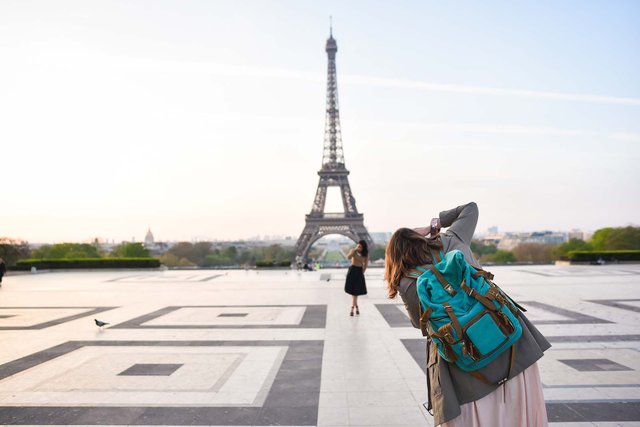
You may think that all you need to take quality travel photos is your camera, your smartphone, or even your digital SLR; and while that’s true, there are still many more things to consider before you press the shutter button, no matter what type of camera you’re using. The following photography tips will ensure that you get quality photos every time – regardless of whether you’re traveling across the globe, or just to the next town over.
Know your camera
In order to take stunning travel photos, you’ll need to know your camera inside and out. Luckily, cameras these days are pretty intuitive, but there are a few tips and tricks you should be aware of: Read your user manual! It sounds obvious (but we’ve all been guilty of neglecting those thick manuals that come in our box). The last thing you want is to miss a button or ignore a function that could make or break your photos.
Take Control
The most important photography tip for travel photographers is simple: take control. This isn’t just a matter of switching from automatic to manual, although that will help; it’s also about controlling light, framing shots, and thinking like a photographer when you’re on vacation. When it comes to camera gear, put your kit through its paces before you leave home.
Find Perspective
Make sure you’re getting an interesting angle—but also that you’re not taking pictures of buildings or scenes from an unfamiliar perspective. Think about how people will view your photos (for example, if they’re looking at a print in a frame on their wall). Is it something they won’t recognize or be able to place? If so, add context to your photo.
Light Matters
The Importance of Lighting in Travel Photography: There are a variety of things that can make or break your travel photos, but one of them is how you light your subject. Paying attention to lighting will ensure you get professional-looking shots every time.
Framing Matters
Where you place your subject in a shot makes all of the difference, whether you’re an amateur or a professional. The position in which you frame your subject can enhance or subtract from their appearance; it can make them look larger or smaller than they actually are, and it can also add/subtract depth to/from your photos. Try shooting your subjects from below (looking up at them) next time to give a sense of height.
Stay Organized
Since you’ll be traveling and shooting a lot, it’s important to stay organized and bring everything you need. I recommend organizing your camera bag like a pro to make sure you have what you need when you need it. You don’t want to be scouring your bag after every shot. Instead, compartmentalize and streamline. A well-organized backpack is an efficient backpack—which means more time shooting and less time fumbling around for something specific.
Don’t Overuse Filters
One of the most common beginner mistakes is to overuse filters. Filters can actually hurt your photo if you don’t use them correctly. There are several basic rules that every photographer should follow when using them: 1) don’t rely on a filter in order to fix a problem—fix it in camera; 2) know what each filter is used for, and; 3) use minimal filters. The best way to learn how to properly use photo filters is by taking online photography classes and reading articles like these!
Learn from Others
No one owns a monopoly on good photography tips. If you’re just getting started, or still have a lot to learn, follow and interact with pro photographers. Read their blogs, like them on Facebook, tweet at them—even if they don’t follow you back (which is often), it will remind them that there are other people out there who are following their work and interacting with it.